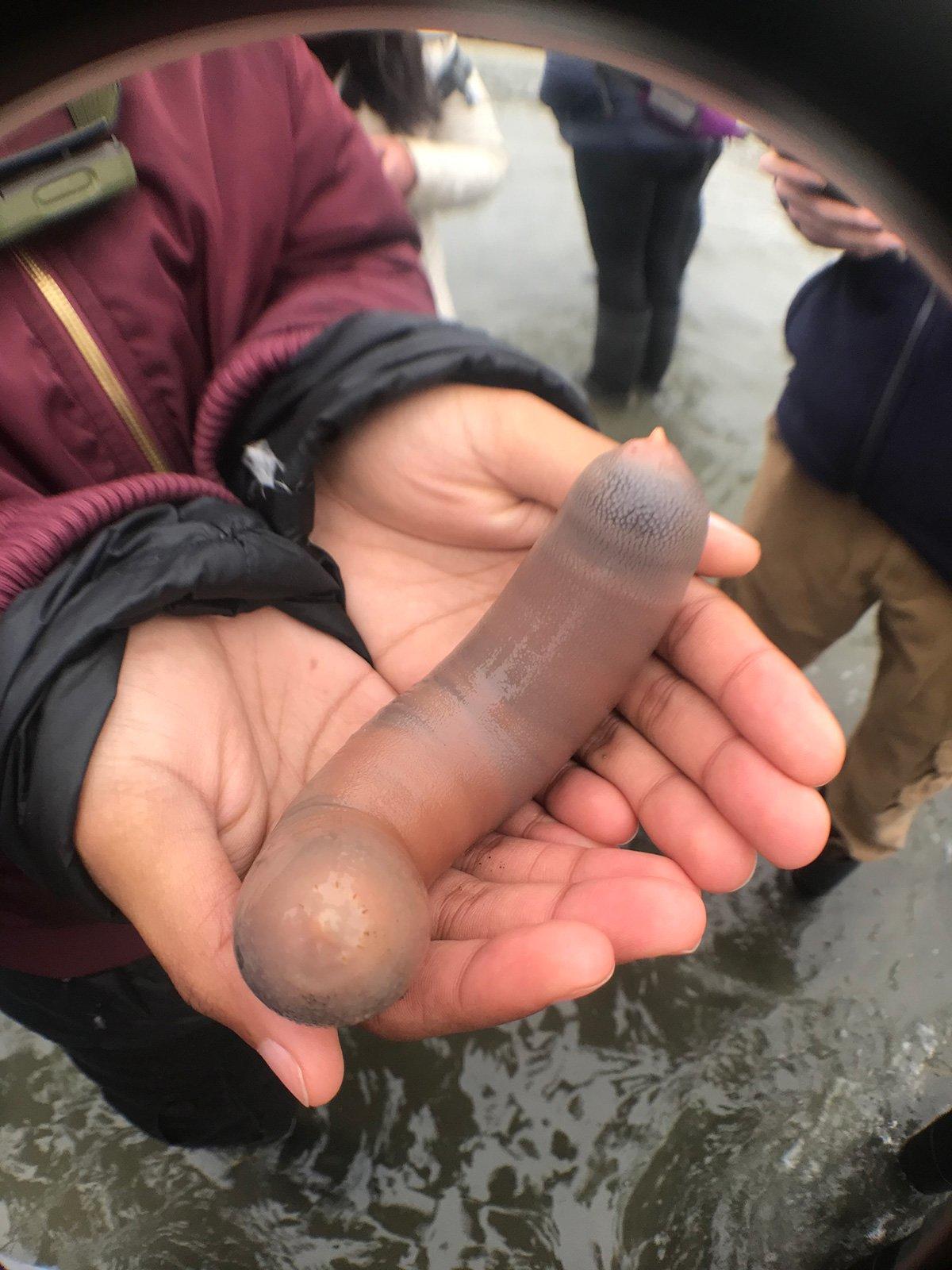Thousands Of Strange “Penis Fish” Wash Ashore On California Beach
Authored by John Vibes via TheMindUnleashed.com,
Morning visitors to Drakes Beach in Northern California last week witnessed thousands of strange 10-inch phallic fish washed up on the shore.
The strange creatures are known as “fat innkeeper worms,” and they have been spotted on other nearby beaches in California in the past. They usually wash up on beaches after storms, similar to the storms seen around Drakes beach last week.
Scientists call this creature Urechis caupo and it is classified as a type of spoonworm. The picture below was taken on a different occasion earlier this year, when fat innkeepers washed up on Bodega Bay back in June.
This photo illustrates why the fat innkeeper is sometimes casually known as a “penis fish.”
Photo by Kate Montana, iNaturalist Creative Commons
At Drakes Beach last week, thousands of these things washed up on the beach, making it entirely impossible to walk the beach without stepping on them.
The following images posted to Instagram were taken on December 6th, after the storm around Drakes Beach.
Even when you don’t see them on the beach there is a very good chance that they are many feet below you, burrowed under the sand. During storms, the layers of sand that were once covering them are washed out to sea, leaving the innkeepers exposed to predators, including seagulls, sharks, stingrays, and other fish.
Some cultures also see the strange fish as a delicacy. In South Korea for example, the dish is known as “gaebul.”
Of course, the strange phallic appearance of the fat innkeeper seems to attract far more attention than the many other sea creatures that wash up onshore throughout the year.
Researchers estimate that an individual fat innkeeper can live for up to 25 years if they manage to avoid predators. As a species, fossil evidence shows that these creatures may have been around for over 300 million years.
Tyler Durden
Sat, 12/14/2019 – 22:30
via ZeroHedge News https://ift.tt/2PLcmvJ Tyler Durden
